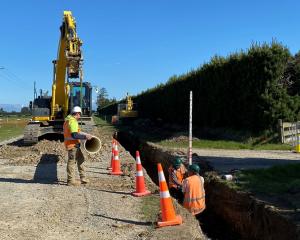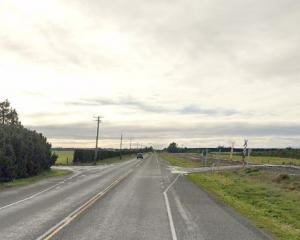
Economic profile figures from Infometrics show from 2009 to 2019, the Selwyn district’s population grew by an average of 5.2 per cent each year, placing it ahead of the Queenstown-Lakes district on 4.5 per cent.
GDP in Selwyn grew by an annual average of 6.5 per cent - again beating out Queenstown-Lakes on four per cent.
Selwyn also had the largest population growth in NZ last year at 5.3 per cent. It had the second largest growth in GDP at 6.8 per cent.
Last year, employment in Selwyn increased by 3.8 per cent - the third highest growth in job numbers nationally.
Unemployment remained almost unchanged at 2.4 per cent.
The tourism market in Selwyn grew by 15.7 per cent in 2019, bringing in just over $59 million to the district.

“We welcome the people who have joined us in calling Selwyn home over the last 10 years," he said.
"We knew this place was good - and now we share this with many new arrivals.
"Our planning and investment in quality infrastructure means we can cater for future growth, which continues to bring many new amenities to existing residents,” he said.
Within the district, the figures show Lincoln was the fastest growing township in 2019, with its population increasing by 10 per cent to 7380 people.

Dairy farming and dairy product manufacturing were the biggest employers in the region last year, followed by defence, higher education and housing construction.
Last year, primary industries made up 17.6 per cent of the district’s GDP, followed by manufacturing on 12.6 per cent, and construction on 8.1 per cent.













